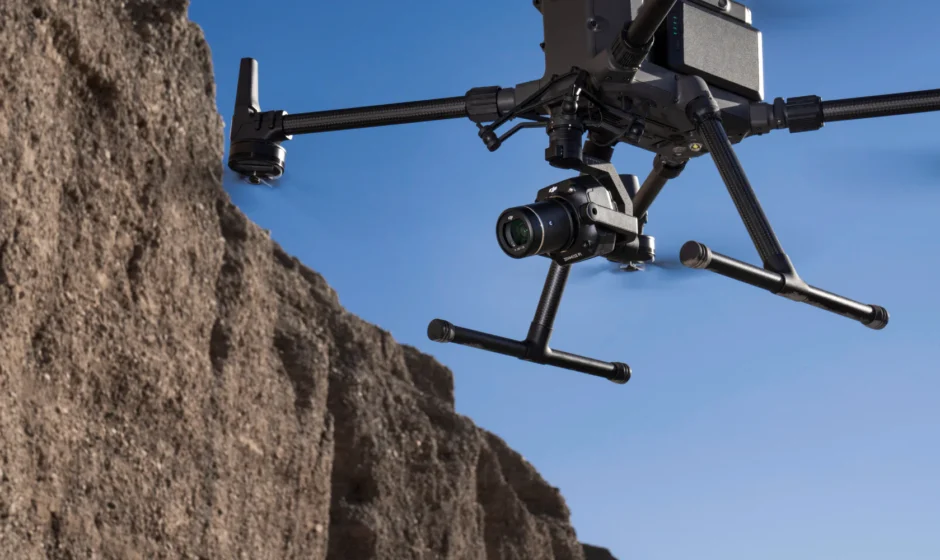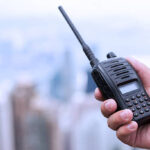When it comes to drone payloads, selecting the right camera for drone payloads is crucial for achieving high-quality imagery and video. The right camera can greatly enhance the efficiency and accuracy of drone operations, whether for surveying, mapping, photography, or industrial inspections. This guide will help you navigate through the various factors to consider when choosing a camera for your drone payloads.
Understanding Drone Payloads
A drone payload refers to any equipment or object carried by the drone that serves a specific function. The payload can vary widely depending on the mission. A camera payload is perhaps the most common and is used for tasks such as aerial photography, videography, and surveying. However, the camera’s specifications and compatibility with the drone are essential for optimal performance.
Why Camera Selection Matters
Choosing the right camera is critical because it directly impacts the quality of the footage and the effectiveness of the mission. Whether you need high-resolution imaging for mapping or real-time video for inspection, the camera you choose must meet the specific needs of your drone operation. The camera should also be compatible with the drone’s weight limit and battery capacity to avoid performance issues.
Key Considerations for Choosing a Drone Camera
Several factors should influence your camera choice for drone payloads. These include camera resolution, lens type, weight, compatibility with your drone, and additional features like gimbals and stabilization systems. Understanding these factors will ensure you get the best results from your drone payload.
1. Camera Resolution and Image Quality
One of the most important factors to consider when selecting a camera is its resolution. High-resolution cameras capture more detail, which is especially important for applications like surveying, mapping, and inspection. Typically, cameras with 4K resolution or higher are ideal for most professional drone applications. However, lower resolutions may be sufficient for casual photography or specific industrial tasks.
2. Lens Type and Field of View
The type of lens attached to your drone’s camera plays a significant role in determining the field of view (FOV) and depth of field. A wide-angle lens is often preferred for aerial photography as it captures a larger area, while a telephoto lens is ideal for inspecting distant objects. The FOV should be considered based on the type of imagery required for your project. A narrow FOV is great for focusing on a single subject, while a wide FOV allows you to capture large areas.
3. Weight and Size
The weight of the camera is a critical factor when selecting the right one for your drone payload. The camera must not exceed the drone’s payload capacity, as this can affect the drone’s flight time and stability. Lighter cameras are preferable for drones with limited payload capacity, while heavier cameras might be used for industrial drones designed to carry heavier loads.
4. Compatibility with Drone
Ensure that the camera you choose is compatible with your drone model. Some drones are designed to work with specific cameras, while others offer more flexibility. It is important to check whether the camera can be mounted properly and whether the drone’s software supports the camera’s features. Some drones come with integrated camera systems, while others offer the option of attaching third-party cameras.
5. Stabilization Features
A key feature of professional drone cameras is the built-in stabilization system. This could be a gimbal or other stabilization technology that minimizes the effects of vibrations and camera shake during flight. This feature is especially important for capturing smooth video footage and sharp images, particularly in windy conditions or during high-speed maneuvers.
Different Types of Cameras for Drones
The market offers a variety of camera types for drone payloads, each suited for different applications. Below are the most common types of cameras available:
1. Standard Cameras
Standard cameras are the most commonly used for casual drone photography. These cameras are usually integrated with the drone and provide a range of imaging capabilities, including HD video and still photography. They are ideal for beginners or those looking for an affordable, all-in-one solution for aerial imaging.
2. Thermal Cameras
Thermal cameras are used for specialized applications, such as industrial inspections, firefighting, and search and rescue missions. These cameras detect heat signatures and provide infrared imagery, making them invaluable for identifying heat leaks, electrical issues, or locating missing persons in low visibility environments.
3. Zoom Cameras
Zoom cameras are equipped with optical zoom lenses, allowing operators to adjust the focal length remotely. This feature is particularly useful for inspections and surveillance, as it enables users to zoom in on specific areas without having to fly the drone closer. Zoom cameras are ideal for capturing detailed imagery from a distance.
4. Multispectral Cameras
Multispectral cameras capture images across various wavelengths of light, beyond the visible spectrum. These cameras are commonly used in agriculture and environmental monitoring to assess crop health, soil conditions, and land usage. They are often used for precision agriculture, helping farmers make data-driven decisions about irrigation and fertilization.
5. 360-Degree Cameras
360-degree cameras offer a panoramic view, allowing users to capture immersive video and imagery. These cameras are typically used for virtual tours, real estate photography, and landscape videography. The all-around view provided by 360-degree cameras can be particularly striking for creating interactive content.
Camera Features for Enhanced Performance
In addition to the basic camera specifications, there are several advanced features that can enhance the camera’s performance in various drone applications. These include:
1. GPS Integration
Many professional cameras for drones come with integrated GPS functionality. This feature allows users to geotag images and track the drone’s position during flight. GPS integration is useful for applications like mapping, surveying, and creating detailed, accurate flight logs.
2. Live Streaming Capabilities
Live streaming allows real-time video feeds from the drone’s camera to be transmitted to a remote device. This feature is useful for monitoring progress during drone missions, as well as for public safety or media applications. It is particularly important for applications like search and rescue, where live data can guide decision-making in critical situations.
3. High Dynamic Range (HDR)
HDR technology improves the quality of images by balancing the exposure between light and dark areas. This feature is particularly useful when flying over landscapes with significant differences in light levels, such as between sunlit and shaded areas. HDR enhances the overall visual quality of your drone footage.
Drone Camera Brands to Consider
There are several reputable brands that offer high-quality cameras for drone payloads. Some of the most popular options include:
- DJI: Known for its integrated camera systems, DJI offers drones with 4K and 8K resolution options.
- GoPro: Famous for its action cameras, GoPro also provides cameras that are compatible with various drone models.
- FLIR: Specializing in thermal imaging, FLIR cameras are widely used in industrial and security applications.
- Sony: Known for their high-quality imaging sensors, Sony cameras are often used for professional photography and videography.
Conclusion
Selecting the right full hd surgical video camera is a decision that depends on the specific requirements of your mission. Whether you need high resolution for surveying, thermal imaging for inspections, or specialized lenses for photography, understanding the factors that influence camera selection will help you make an informed choice. Always consider compatibility, weight, and additional features like stabilization and GPS integration when choosing a camera for your drone. By doing so, you can ensure that your drone operates efficiently and produces high-quality results.



